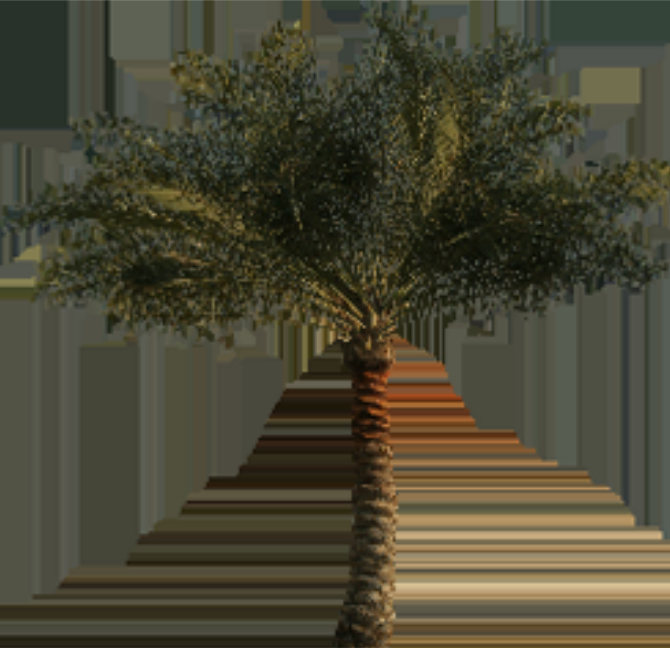Some engines like Unreal will do this for you; importing a texture with a alpha does that.
Unity has a manual way: https://docs.unity3d.com/455/Documentation/Manual/HOWTO-alphamaps.html
You can do it on your own using Gimp or any 2D tool that supports alpha. Gimp even has tools like displacement that makes this easy, but blur also works.
Any texture baking software has this option: XNormal (Free), Substance, Quixel, Blender (Free), 3Ds Max, Zbrush, Maya, etc...
A quick search for Substance alternatives gives me this: https://www.slant.co/options/12608/alternatives/~substance-painter-alternatives
It's one of those things that has many names but "Alpha Texture Edge Padding" or "Texture Edge Padding" should work for search results. The problem is that each software likes to call this something else.





